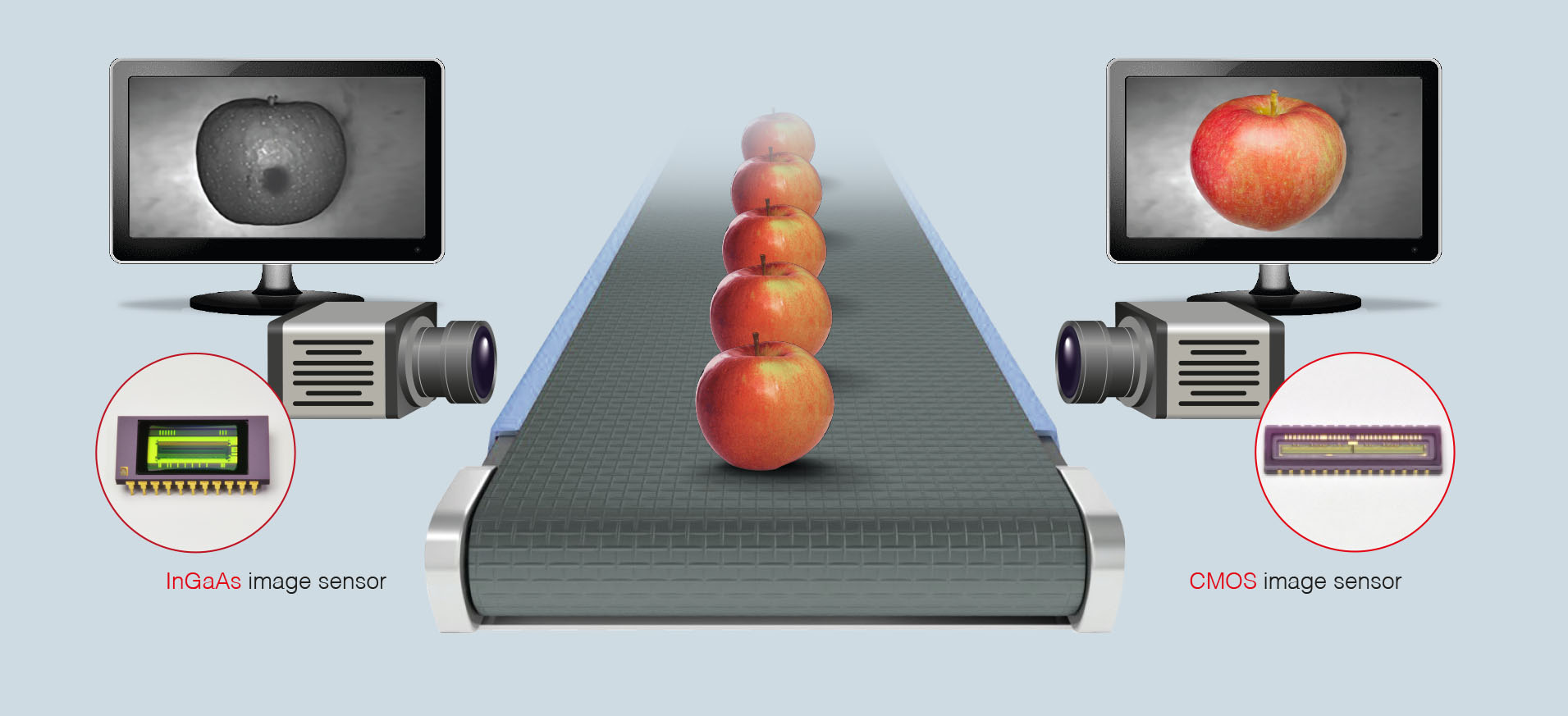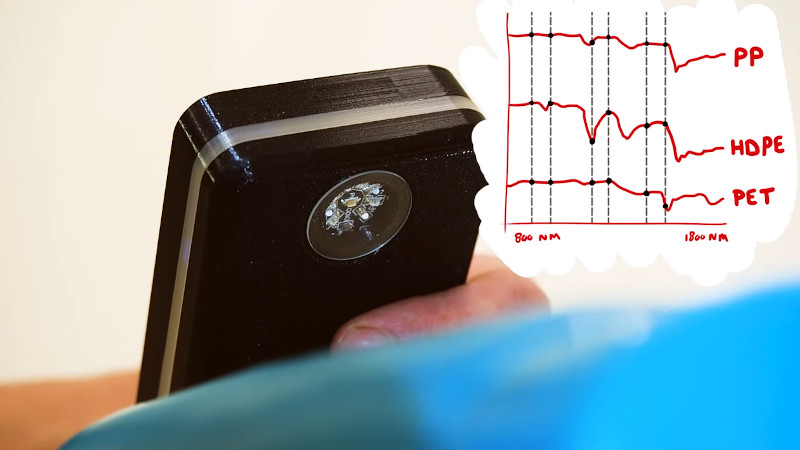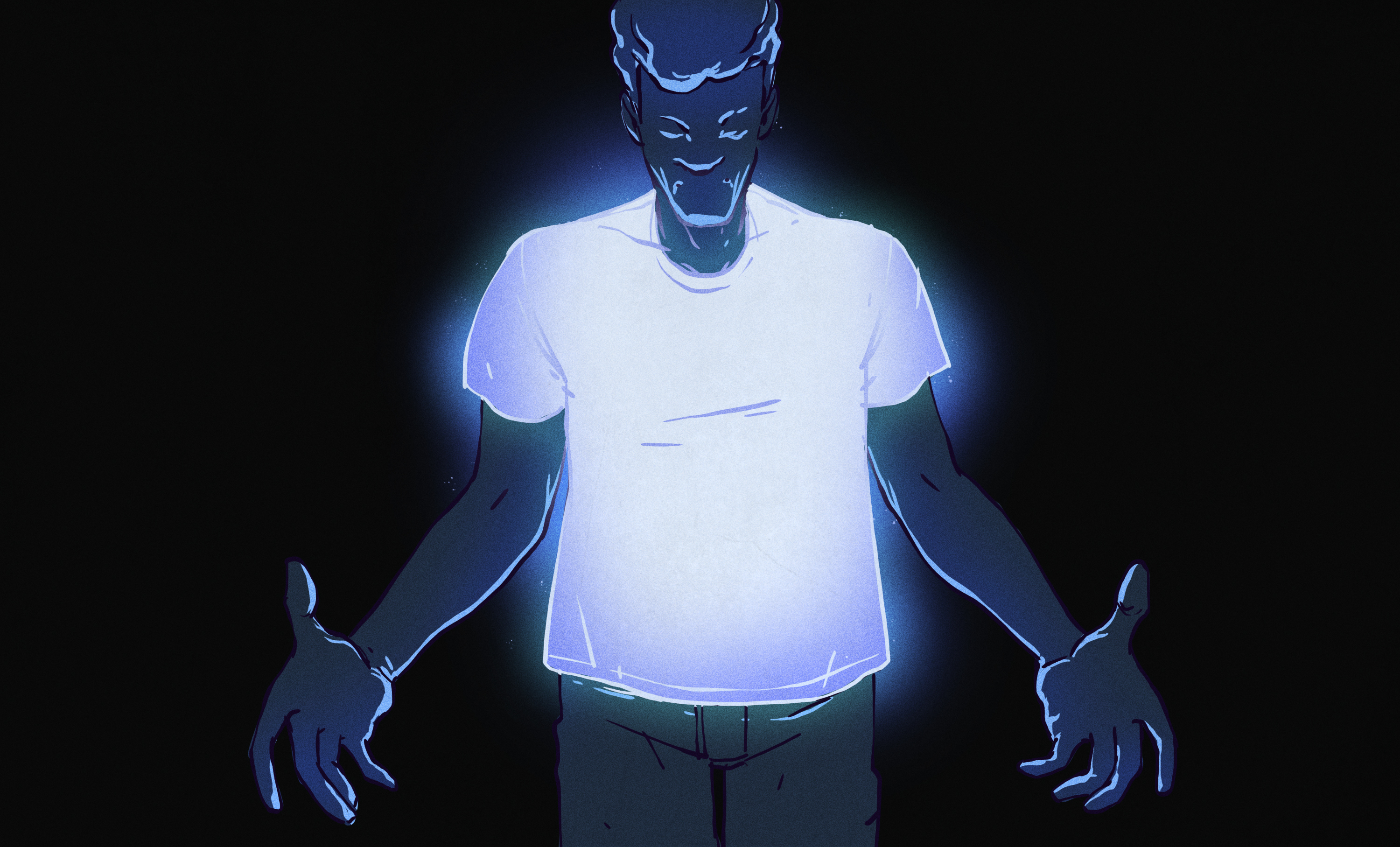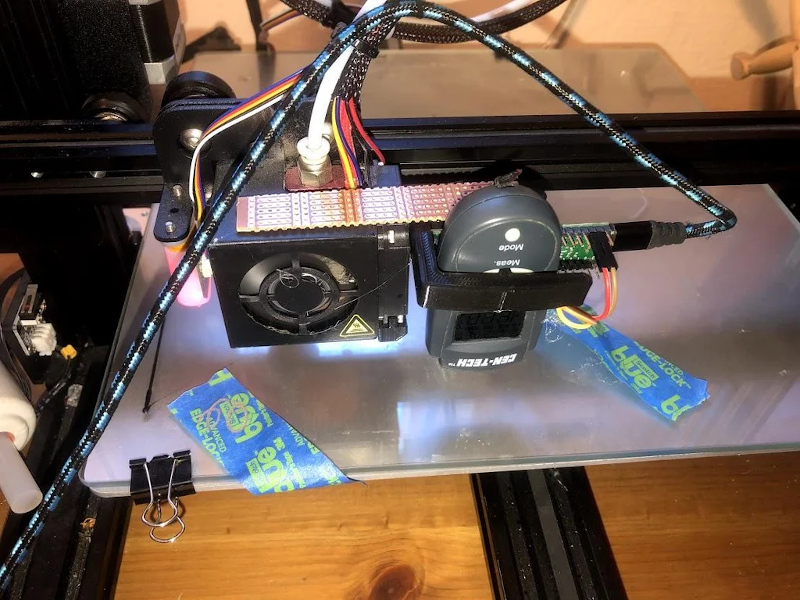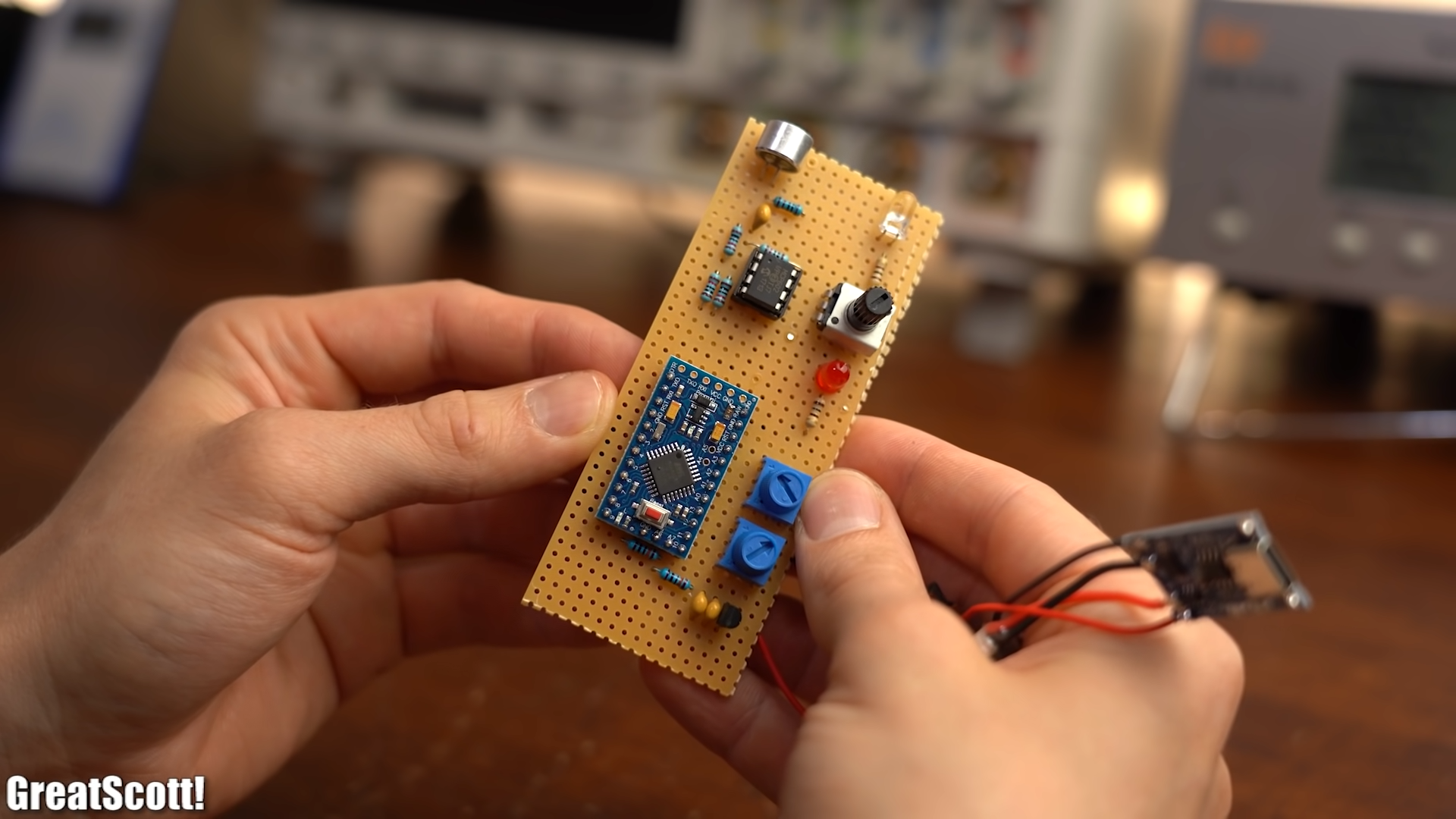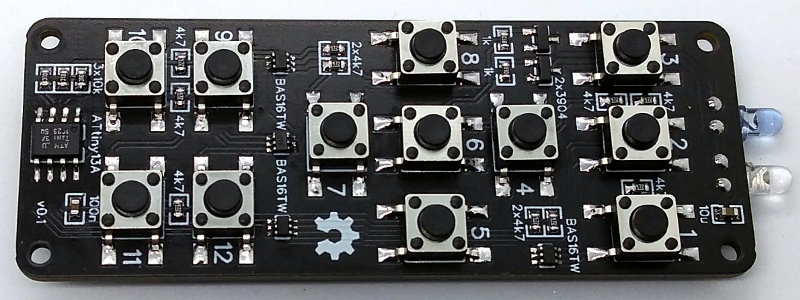Shining A Different Light On Reality With Short-Wave #Infrared Radiation | Hackaday ⚓ https://hackaday.com/2022/02/03/shining-a-different-light-on-reality-with-short-wave-infrared-radiation/ ䷉ #hackaday | more in http://schestowitz.com/2022/02/03/#latest
#infrared
One person like that
1 Shares
One person like that
Flight Through the #Orion #Nebula in #Infrared #Light
#Astronomy #Picture of the Day
https://apod.nasa.gov/apod/ap210707.html
https://www.youtube.com/watch?v=ix1lzur2QLQ
5 Likes
One person like that
One person like that
Compact, Multifunctional Device Uses Infrared Light to Deliver Images | May 2021 | Photonics.com
https://www.photonics.com/Articles/Compact_Multifunctional_Device_Uses_Infrared/a66961
SAN DIEGO, May 7, 2021 — A study introduced by a group led by electrical engineers at the University of California, San Diego describes a thin, large-scale device that converts infrared light into images. Tests showed that the imager can be used to see through smog and smoke, to see through silicon wafers to inspect the quality and composition of electronic boards, and to map a person’s blood vessels while monitoring heart rate at the same time, and without touching the subject’s skin.
The imager detects the shortwave infrared part of the spectrum and falls just outside the visible spectrum. In application, it shines shortwave infrared light on an object or area of interest and then converts the low-energy infrared light that is reflected back to the device into shorter, higher-energy wavelengths that the human eye can see.
“It makes visible light visible,” said Tina Ng, a professor of electrical and computer engineering at the UC San Diego Jacobs School of Engineering.
The infrared imager developed by the team combines sensors and the display component into a single, thin device. Multiple semiconducting layers, each hundreds of nanometers thin, are stacked on top of one another. Three of the layers are made of a different organic polymer: a photodetector layer,
an OLED display layer, and a layer located between the photodetector and OLED display layer that blocks electrons.The photodetectror layer absorbs shortwave infrared light, or low-energy photons, and then generates an electric current that flows to the OLED display layer. There, the current is converted into a visible image (high-energy photons). The middle layer serves to keep the OLED display layer from losing any current in the upconversion process. This is what enables the device to produce a clearer image.
The upconversion that the researchers described is electric in nature. “The advantage of this is that it allows direct infrared-to-visible conversion in one thin and compact system,” said Ning Li, first author of the study. “In a typical IR imaging system where upconversion is not electronic, you need a detector array to collect data, a computer to process that data, and a separate screen to display that data. This is why most existing systems are bulky and expensive.”
The new infrared imager is thin and compact with a large-area display. Courtesy of Ning Li. The new infrared imager is thin and compact with a large-area display. Courtesy of Ning Li. Because the imager is also built with organic semiconductors, it is low cost, flexible, and safe to use in biomedical applications. Many infrared imaging systems currently in use, or used previously, are expensive, bulky, and complex; they often require a separate camera and display and are typically made with inorganic semiconductors. These are costly and rigid, and they consist of toxic elements such as arsenic and lead.
The new device also provides better image resolution than similar devices that use inorganic semiconductor components. The imager sees more of the shortwave infrared spectrum (similar systems often only see below 1200 nm) and has a large display size of 2 cm2. Because the imager is fabricated using thin-film processes, it is easy and inexpensive to scale up to make even larger displays.
Another feature is that the imager is efficient at providing both optical and electronic readouts; for example, when the researchers shined infrared light on the back of a subject’s hand, the imager provided a picture of the subject’s blood vessels while recording the subject’s heart rate.
In another demonstration, they placed a photomask patterned with “EXIT” in a small chamber filled with smog. They also placed a photomask patterned with “UCSD” behind a silicon wafer. Infrared light penetrated through both smog and silicon, making it possible for the imager to see the letters in these demonstrations.
The researchers now aim to improve the efficiency of their device.
The research was supported by the National Science Foundation and Samsung Advanced Institute of Technology. It was published in Advanced Functional Materials (www.doi.org/10.1002/adfm.202100565).
